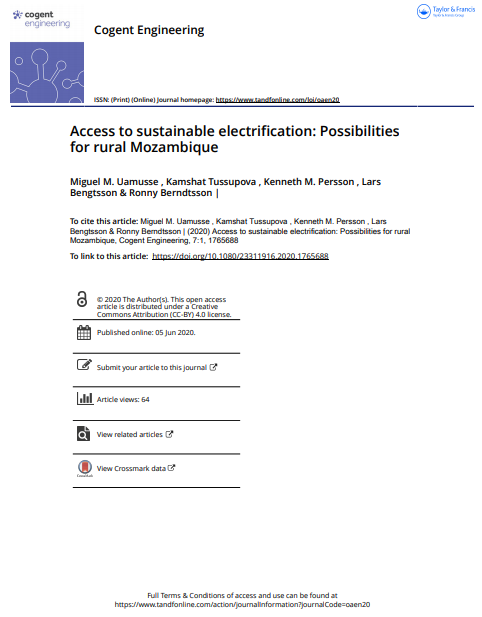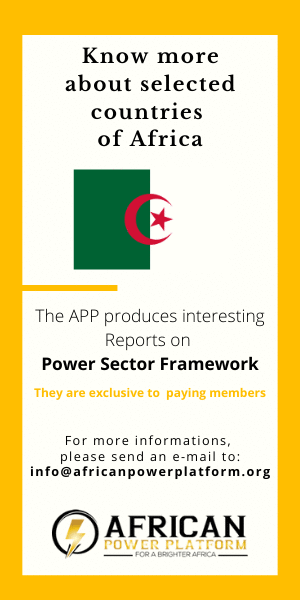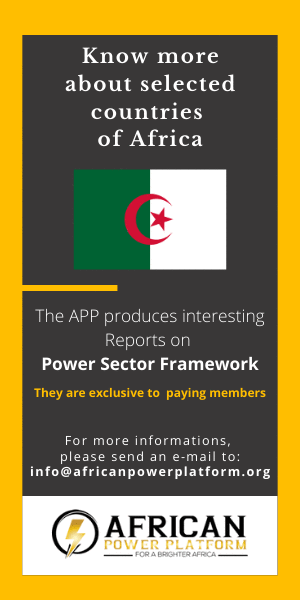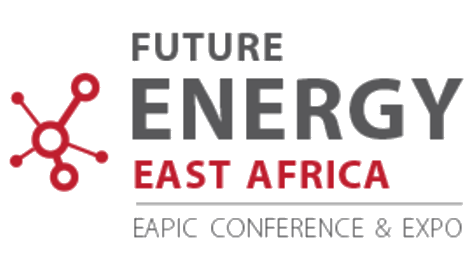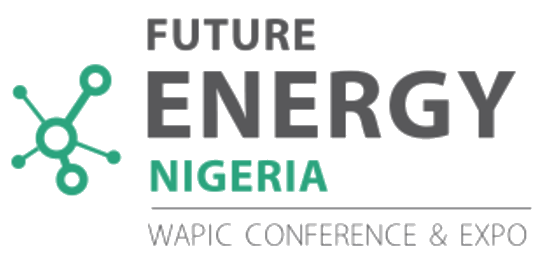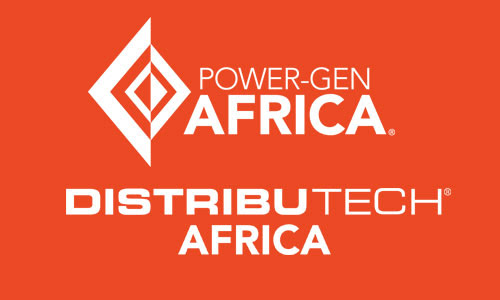Publication date: 2020, June
Author: Cogent Engineering
Description: Mozambique is one of the poorest countries in the world. About 54% of the population are below the poverty line and about 70% of approximately 30 million people (2018) live and work in rural areas (World Bank, 2018). Subsistence agriculture occupies about 80% of the labor force (Cuvilas et al., 2010; Mozambique Forest Information and Data, 2011). Mozambique has, however, experienced a strong economic growth during the last two decades. During this period, the average annual GDP growth was 7.4% due to trade, manufacturing, extractive industries, transport, communication, and electricity production (World Bank, 2017). The rapid growth, however, has not resulted in significant poverty reduction. The general electrification rate increased from 5% in 2001 to about 26% in 2016 (Energypedia.info, 2018). However, the electrification as well as the domestic power generation is uneven both socially and spatially (Power & Kirshner, 2018). Access to electricity is mainly focused on urban areas (67%) while only 5.7% use electricity for lighting in rural areas. Forest resources, in general, satisfy more than 95% of energy requirements in rural areas.





